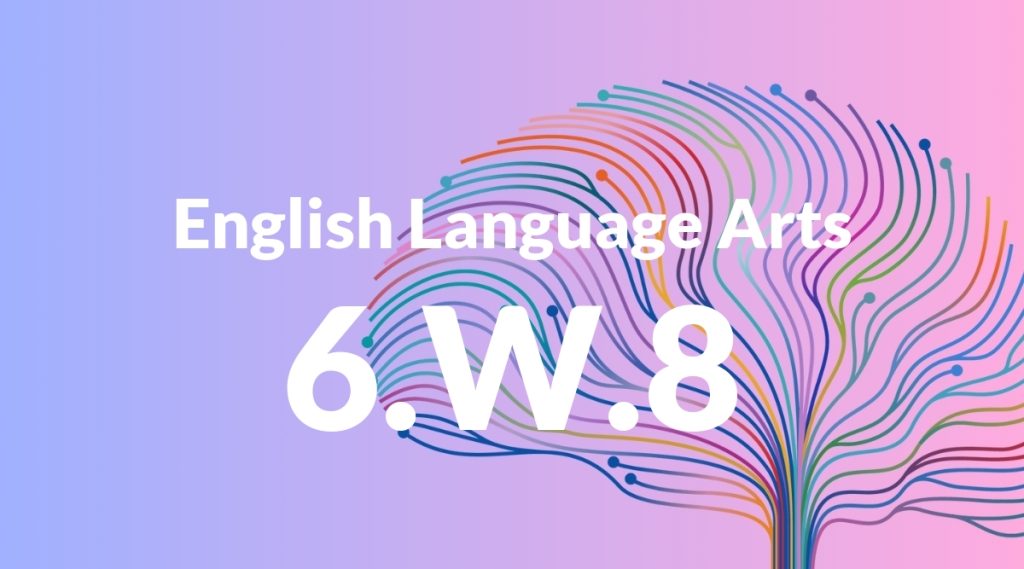Standard: 6.W.8 – Gather relevant information from multiple print and digital sources; assess the credibility of each source; and quote or paraphrase the data and conclusions of others while avoiding plagiarism and providing basic bibliographic information for sources.
Grade level: Grade 6
Subject: English Language Arts
Domain: Writing
Teacher Overview
This standard focuses on the critical skill of gathering and evaluating information from various sources, ensuring students learn to assess credibility and avoid plagiarism. It is essential for developing strong research and writing skills, which are foundational for academic success in higher grades. Students need to understand basic research methods, the concept of plagiarism, and how to locate books and articles both online and in libraries.
Mastering this standard will prepare students for more advanced research projects, helping them to write well-organized papers and reports with properly cited sources, which is crucial for academic integrity.
Common Misconception 1
Some students may think that all information found on the internet is reliable. This is incorrect because not all online sources are credible; students need to learn to evaluate the quality and reliability of the information they find.
Intervention 1
Introduce lessons on identifying credible sources, including examining author credentials, publication dates, and cross-referencing information with other reliable sources.
Common Misconception 2
Another misconception is that paraphrasing does not require citation. This is incorrect because paraphrasing still involves using someone else’s ideas, which must be credited to avoid plagiarism.
Intervention 2
Provide clear examples and practice exercises showing the correct way to paraphrase and cite sources, emphasizing the importance of giving credit to original authors.
Prerequisite Knowledge
Students should have basic reading comprehension skills, familiarity with using a library or the internet for research, and an understanding of what constitutes plagiarism.
Subsequent Knowledge
Students will develop the ability to create well-organized research papers, enhance their critical thinking skills by evaluating sources, and understand the importance of academic integrity in their work.
Instructional Activities
- Conduct a research project on a historical figure, using both print and digital sources.
- Create a presentation evaluating the credibility of different websites.
- Write a short report on a chosen topic, including a bibliography.
- Role-play a scenario where students must determine the credibility of various sources.




